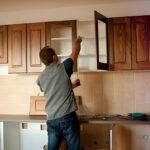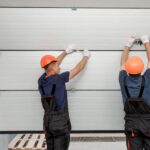Are you interested in flat-pack homes? These homes are rapidly gaining popularity in the UK as a prominent option.
They are also called modular or prefabricated houses, and their presence is becoming increasingly widespread.
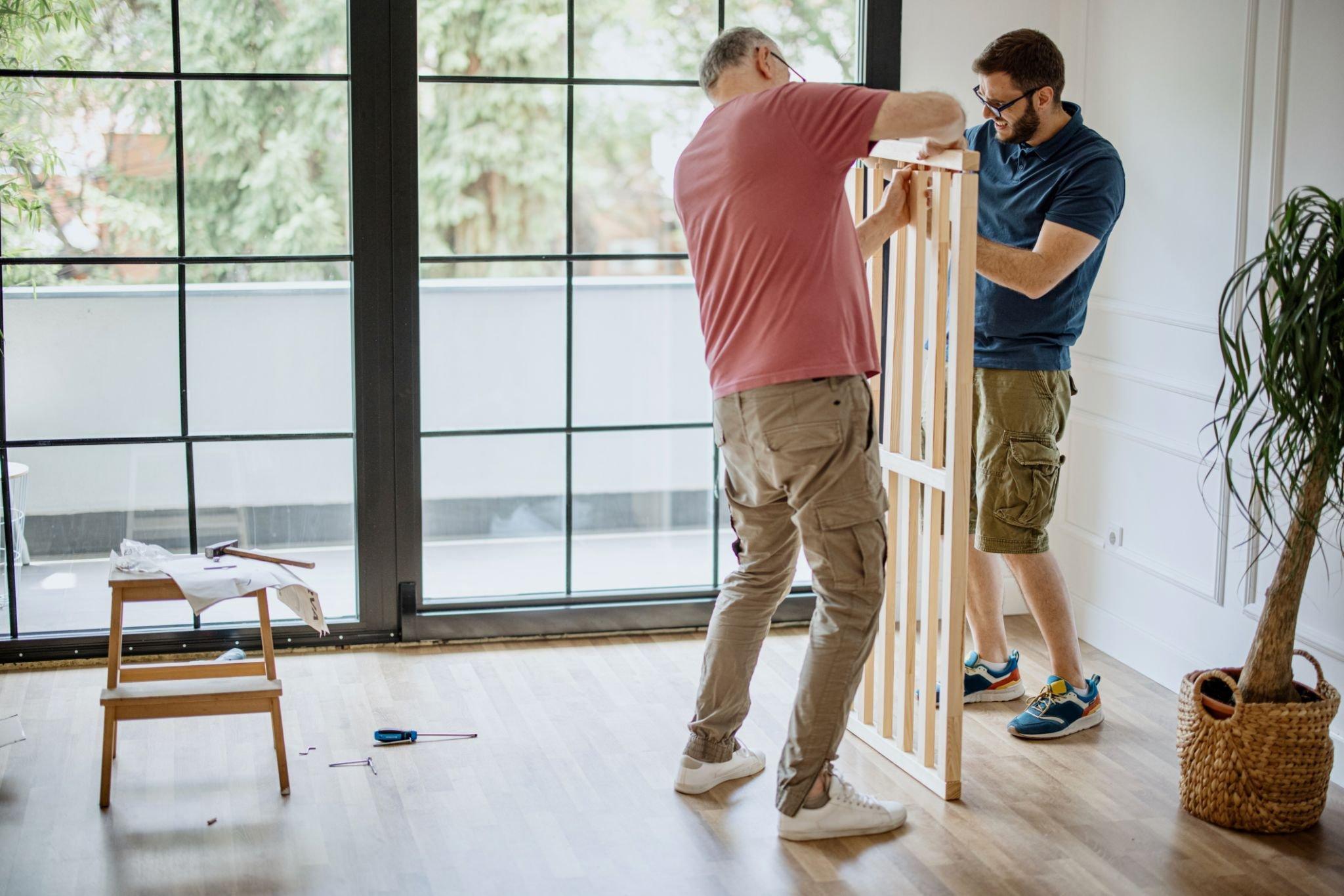
These homes employ structural insulated panels made of wood, allowing versatile cladding with various materials, presenting a stark contrast to the post-war poorly built prefab homes in the UK.
Modern modular homes, characterized by modernity and sustainability, provide a unique alternative to traditional self-building with reduced challenges.
Notably, about 7% of the UK’s annual new home constructions are modular, highlighting their increasing popularity. Let us discuss a few pros and cons associated with a flat-packed home.
Pros:
1. Easy to assemble
Assembling the components is a straightforward process, expediting the construction timeline. One or two individuals can frequently manage the entire procedure, thereby reducing labor expenses.
Read also: Regular Professional Maintenance to Avoid Common HVAC Issuesb
2. Flexible design
Flat-pack homes offer a range of design choices, allowing you to personalize the home according to your specific preferences and requirements.
3. Faster build time
Due to the prefabricated components, the overall construction time can be minimized. This is particularly advantageous if you are seeking a swift transition into your new home.
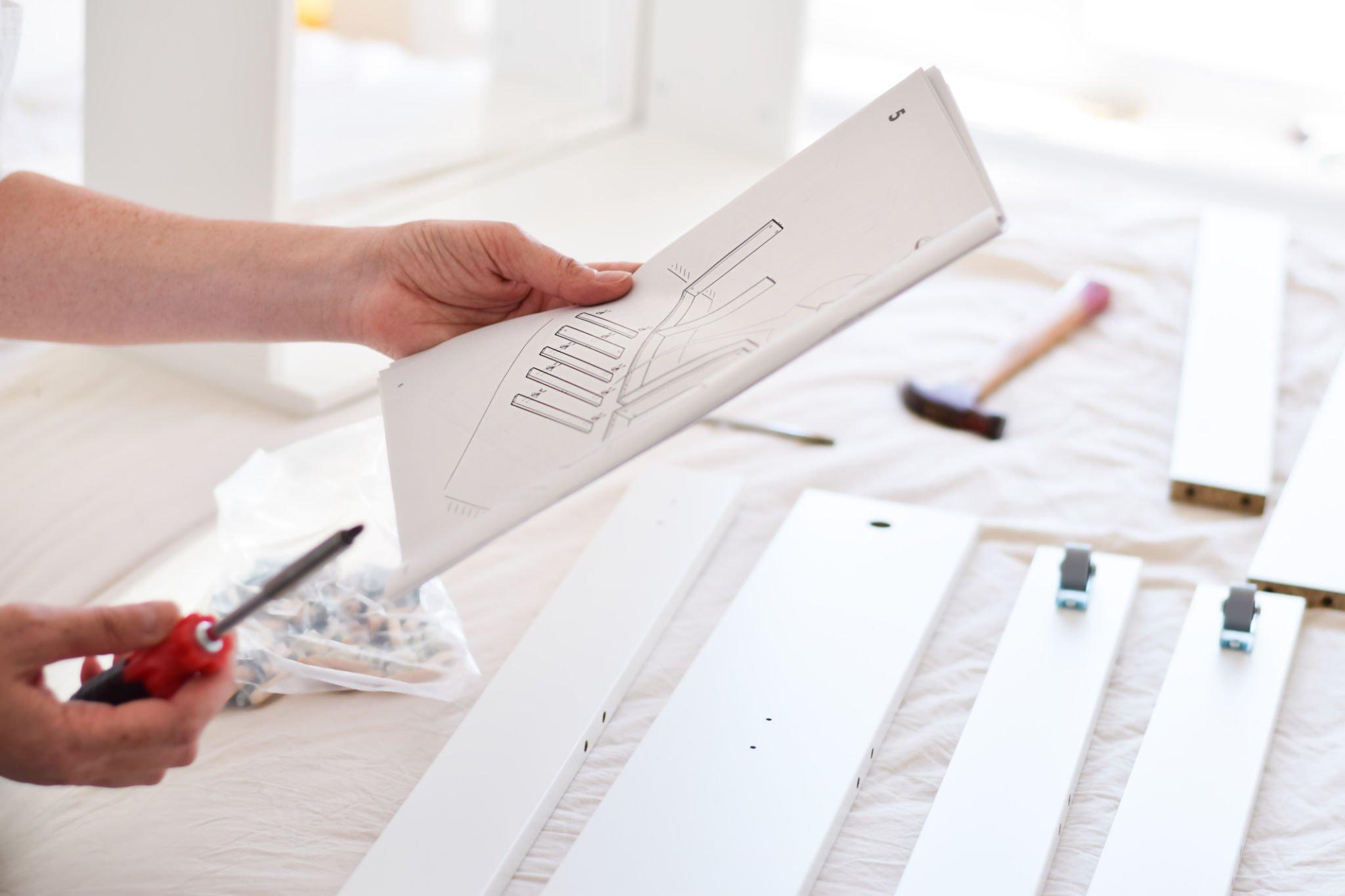
4. Cheaper to build
Flat-pack homes are more budget-friendly compared to conventional housing options.
5. Environment friendly
Flat-pack homes, predominantly constructed from timber, excel in energy efficiency and possess remarkable airtight qualities.
Like the Swedish variants, certain designs incorporate SIP panels renowned for their robustness and exceptional insulation properties.
6. Available in good quality
In the past, prefabricated homes were often hastily assembled and lacked quality. However, in the 21st century, advancements in construction techniques have facilitated stringent quality control, resulting in remarkably high-quality prefabricated homes.
7. Higher accuracy
Manufactured off-site utilizing precision measuring and cutting machinery, these homes achieve a significantly higher level of accuracy compared to conventional on-site construction.
Cons:
1. Foundation costs
Constructing a flat-pack home necessitates a foundation. The cost of the foundation varies based on a range of factors.
2. Financing can be an issue
Securing financing for a flat-pack home poses challenges, as banks require a better understanding of this construction approach.
3. Reselling
Selling a flat-packed home can be problematic, as the property might not conform to conventional construction standards.
4. Finding land
These are commonly constructed on plots that might be challenging to locate, contributing to increased expenses.
5. Heat accumulation
Timber houses are notably lighter than brick-and-mortar structures, which can lead to a shorter retention of warmth after central heating is turned off.
This occurs because prefabricated houses using timber frame extension technology do not retain heat from the surrounding environment or internal sources.
6. Fire resistance
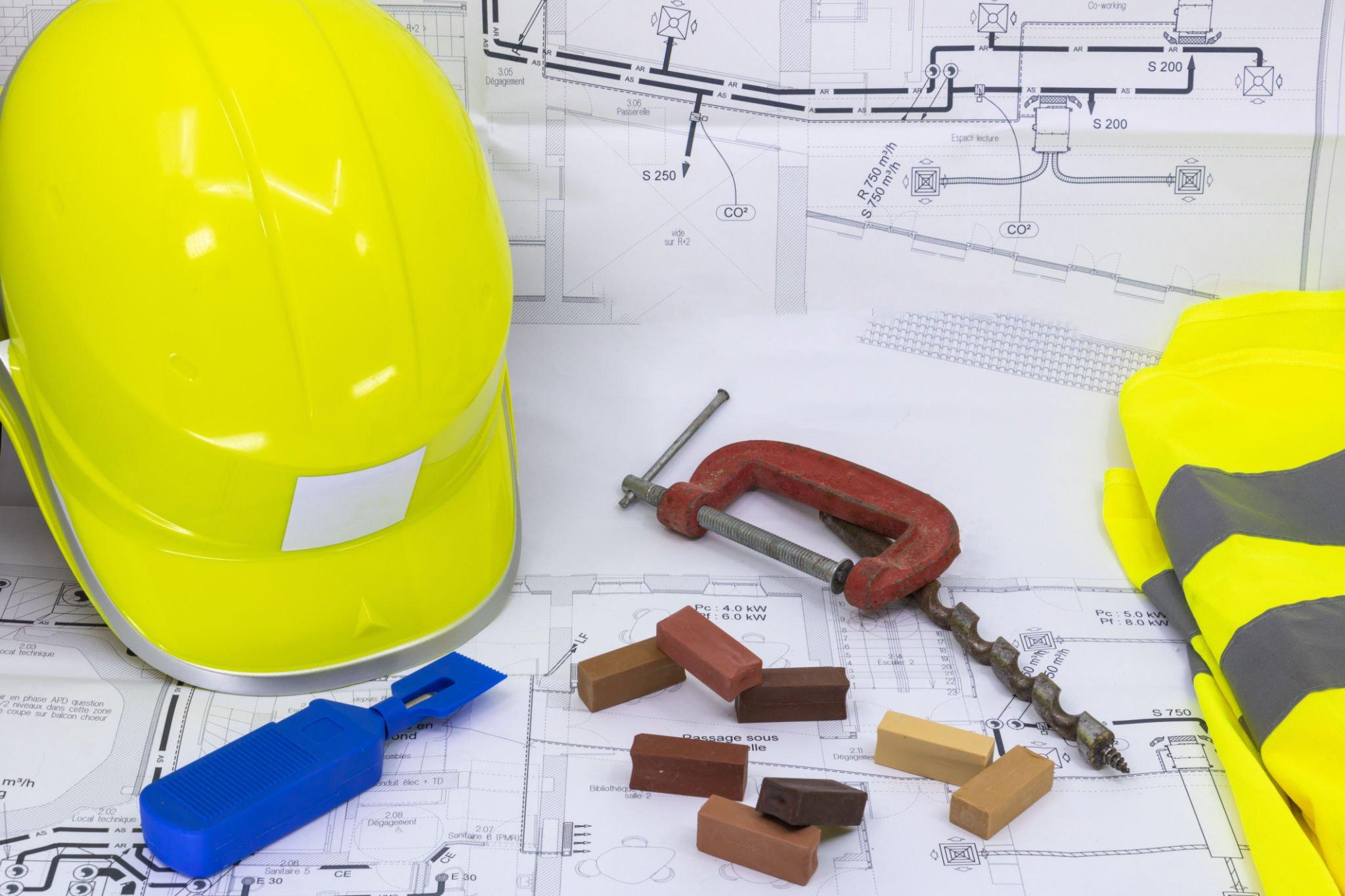
Modular homes utilizing timber walls and ceilings exhibit reduced fire resistance. Furthermore, wood, a combustible material, contrasts with non-flammable substances like concrete and brick.
In the event of a fire, these materials offer enhanced property protection. How long do such flat-pack houses last?
Flat-pack homes often have a lifespan of 30 years or beyond, provided they receive adequate maintenance. The longevity of your home hinges on variables like the caliber of materials employed in its construction.



